DR Recommends Three Cities to Participate in UNESCO’s Network of Creative Cities Program

París, France, June 21, 2019 – This past Thursday the Dominican Republic formally presented before the United Nations Educational, Scientific and Cultural Organization (UNESCO) three local cities to be considered to enter the Network of Creative Cities and Sustainable Development program.
The recommended cities are Santo Domingo (the Greater Santo Domingo area), San Pedro de Macorís and Salcedo.
Minister of Culture Eduardo Selman submitted before UNESCO three letters where the country motivates the recommendations in a special event that was headed by the country’s Permanent Ambassador before the Organization, singer/songwriter José Antonio Rodríguez.
Other Dominican participants included Billy Hasbún, Director of International Relations for the Ministry of Culture; Domingo Contreras, Director General of the President’s Special Programs Office (DIGEPEP); René Polanco, Mayor of the northern section of Santo Domingo; Jhonny Jones, Secretary General of the Dominican Municipal League, and Ching Ling Ho, Coordinator of the “Quisqueya Verde” Creative Territory.
The city of Santo Domingo was nominated in the Music category. The letter presented before UNESCO states that the city is the country’s most important center for meetings, festivals, concerts, and cultural manifestations of the Caribbean region and where most of the D.R.’s music is produced.
It also states that Santo Domingo is home to the city’s Colonial Zone, declared by the UNESCO as a Cultural Patrimony of Humanity. Also, UNESCO declared the Merengue, the country’s traditional musical rhythm, and the Congos of the Holy Spirit of Villa Mella as Intangible Cultural Patrimonies of Humanity. Finally, Dominican singer/songwriter Juan Luis Guerra was declared by UNESCO as an Artist for Peace.
San Pedro de Macorís, a city situated in the country’s eastern region, was recommended in the Gastronomy category. It is a city of immigrants where thousands of citizens from the English-speaking Caribbean settled there in the late 19th and early 20th century. These immigrants brought with them their cultural diversity and gastronomy.
This popular art form and the “Teatro Cocolo Danzante,” also known as “Los Guloyas,” was declared by UNESCO as an Intangible Cultural Patrimony of Humanity and it also motivates the proposal to include the city in the Network of Creative City and Sustainable Development, created in 2004.
The city of Salcedo was also nominated in the Popular Arts & Crafts category. The city is recognized for its musical heritage, including the artisans who manufacture typical instruments. The city is a national reference of what an active cultural city should be, especially for its colorful carnival tradition, popular art manifestations, and gastronomy.
The proposal states that the city of Salcedo, situated in the northern region of the Dominican Republic, is known for its “Route of Murals,” which extend to other communities – such as Villa Tapia and Tenares – situated in the Hermanas Mirabal Province, where the city is located. Each mural has a special message to deliver, such as the lives of the Mirabal sisters, considered heroines of the Dominican Republic for their struggle for democracy and eventual assassination by the dictator of Rafael Trujillo.
In the three proposals presented by the Dominican authorities last Wednesday to UNESCO officials, Minister Eduardo Selman also states that “promoting the diversity of Dominican culture in all its forms is a strategy of urban sustainable development, to make our culture more accessible to its citizens.”
“To become a part of this prestigious Network is our aspiration because it will have a major impact on the creative industry of sustainable development of the community,” explained Minister Selman.
The Dominican delegation arrived in Paris with a full agenda of activities that includes meetings with UNESCO representatives and cultural experts, as well as with members of the Dominican diplomatic corps and diaspora in France.
Approximately 180 cities are members of the Network. By becoming full members, these cities promise to cooperate and develop alliances to promote creative and cultural activities, share unique practices, strengthen the city’s cultural activities, and integrate culture in the city’s economic and social plans.
Last Wednesday, Minister Selman and Ambassador José Antonio Rodríguez met with UNESCO’s Director of the World Patrimony Center, Mathilde Rössler, and the Organization’s Deputy Director for Culture, Ernesto Ottonne. All discussed the proposal presented to declare the historic village of La Isabela, in the Dominican Republic’s north coast, a Cultural Patrimony of Humanity.
UNESCO Ambassador José Antonio Rodríguez highlighted that the “Orange Economy” currently produces three percent of the national GDP, and emphasized that the fight against poverty demands providing an urgent support to artists and creators, as well as the adoption of public policies that will favor the formalization of these economic sectors.
The Dominican representative also explained that “UNESCO has the experience, the networks, and the programs to support these and other efforts encouraged by President Danilo Medina to strengthen the development of the “Orange Economy.”
Minister Selman also expressed that the Dominican Republic will benefit from the kind of technical support UNESCO may provide to encourage and motivate the country’s culturally-oriented industries.
Among the projects presented by Ottonne is a new Caribbean program for the strengthening of cultural industries which is currently being developed in Cuba and Jamaica.
Minister Selman stated that the Dominican Republic would greatly benefit from UNESCO’s technical support in order to develop the country’s cultural potential.
Also included in the agenda: a meeting with Pedro Monreal, from UNESCO’s social and human sectors, to discuss the Juan Bosch UNESCO Award. This particular award was established by the Organization’s Executive Council to commemorate the 100th birth date of Professor Bosch in 2009.
Photo Caption:
2.- Minister of Culture, Architect Eduardo Selman, along with Mathilde Rössler, Director of the Center for World Patrimony; Dominican Ambassador before UNESCO, José Antonio Rodríguez; and Billy Hasbún, Director of International Relations for the Ministry of Culture.
1.- UNESCO’s Deputy Director for Culture, Ernesto Ottonne, with Minister of Culture Eduardo Selman and the Dominican Ambassador before the Organization, José Antonio Rodríguez.

Related News
-
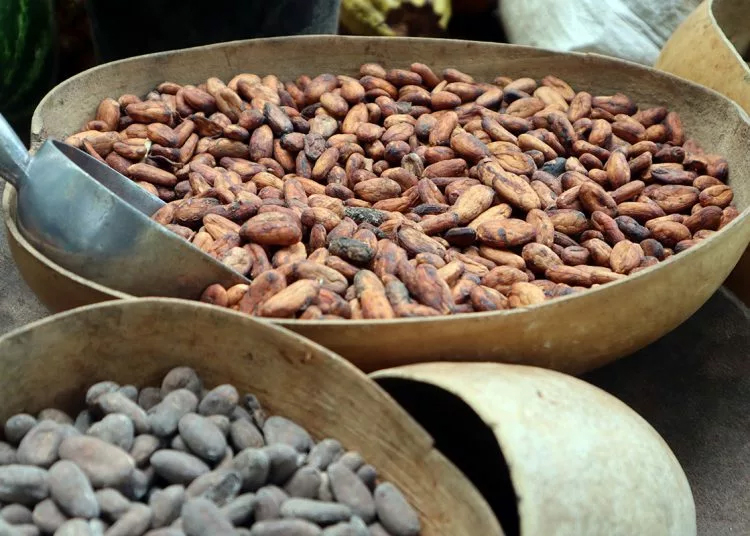
(Versión en español) El agroturismo diversifica la oferta turística dominicana
-
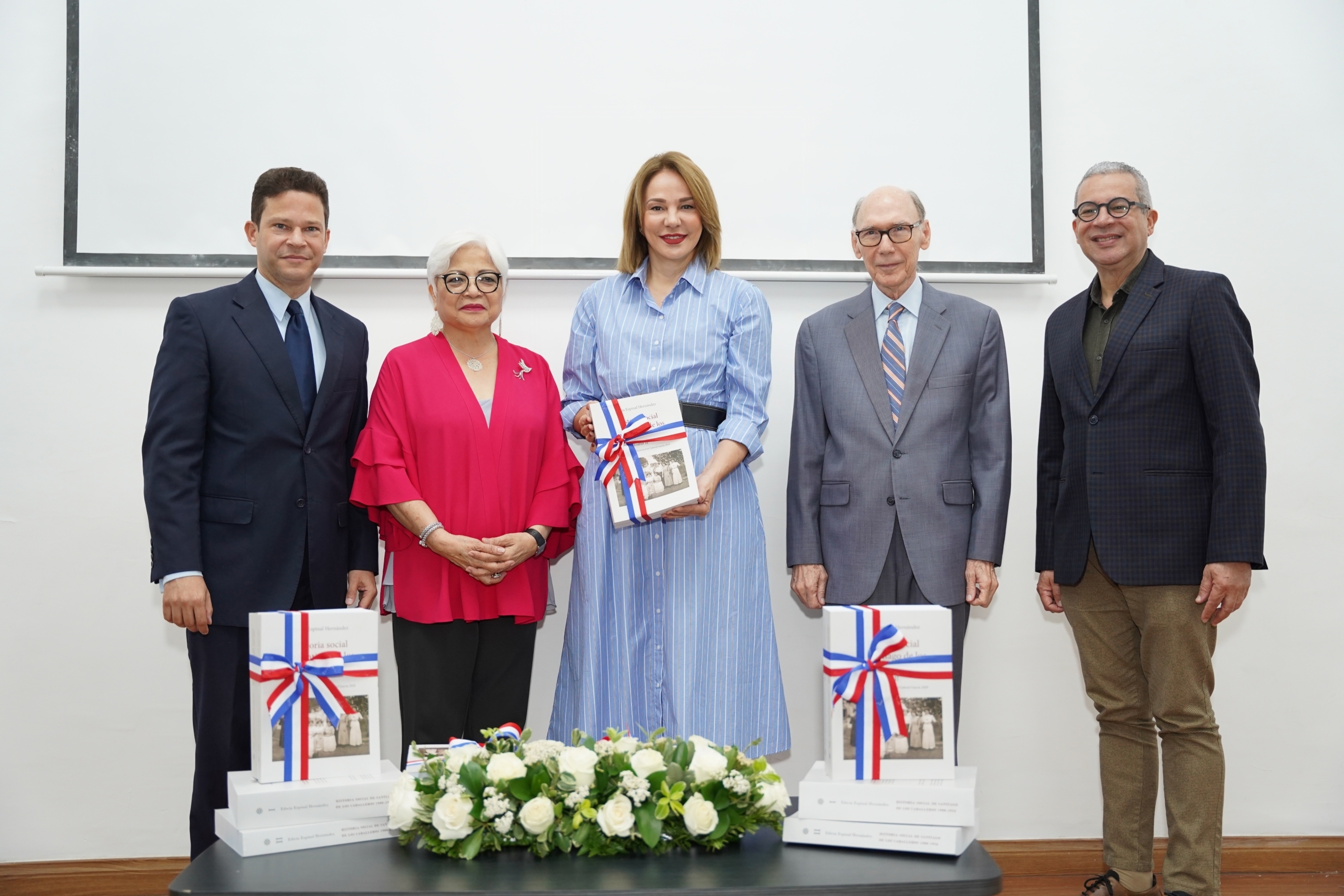
(Versión en español) Cultura pone en circulación obra ganadora del Premio Anual de Historia 2020
-
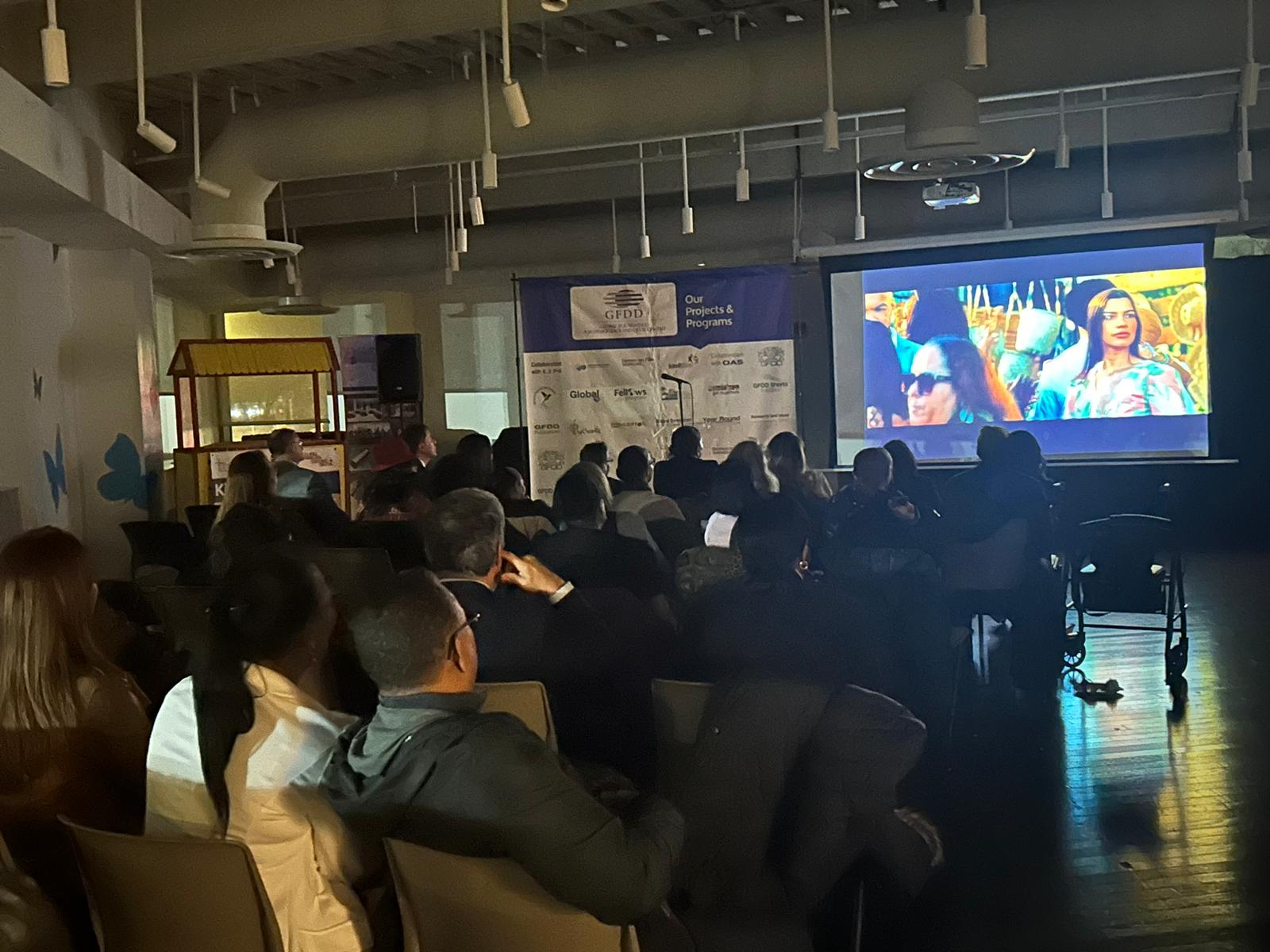
The Dominican Film Showcase Celebrates the Presentation of "Colao 2"
-
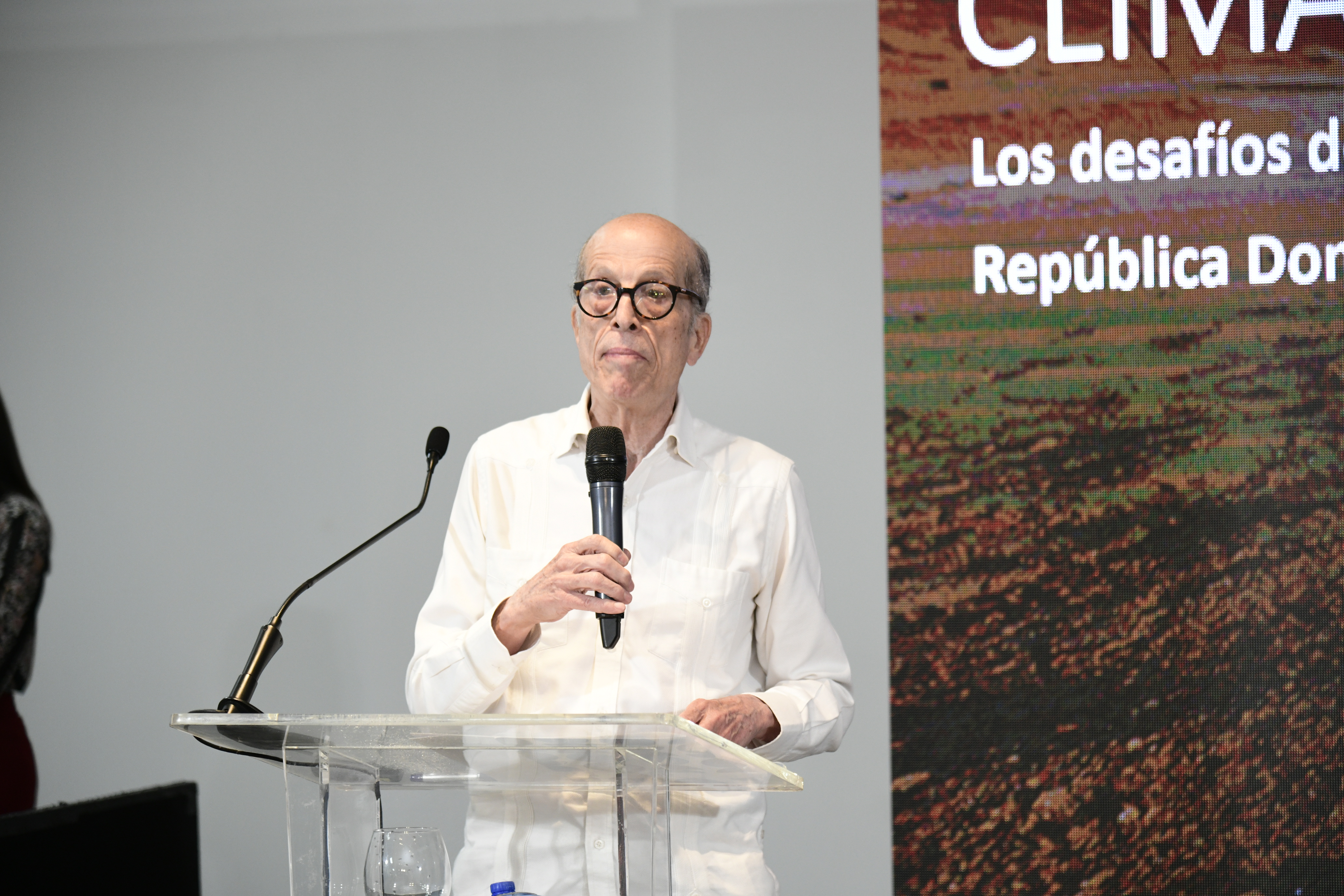
(Versión en español) Inauguración de la XII Feria Semana de la Geografía 2024
-
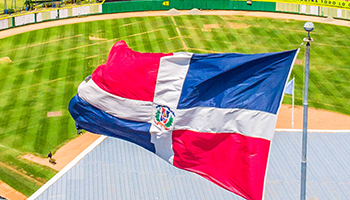
Dominicanos en Grandes Ligas
Las ultimas noticias/novedades de lo que acontece con los Dominicanos en las Grandes Ligas durante toda la temporada 2019.



